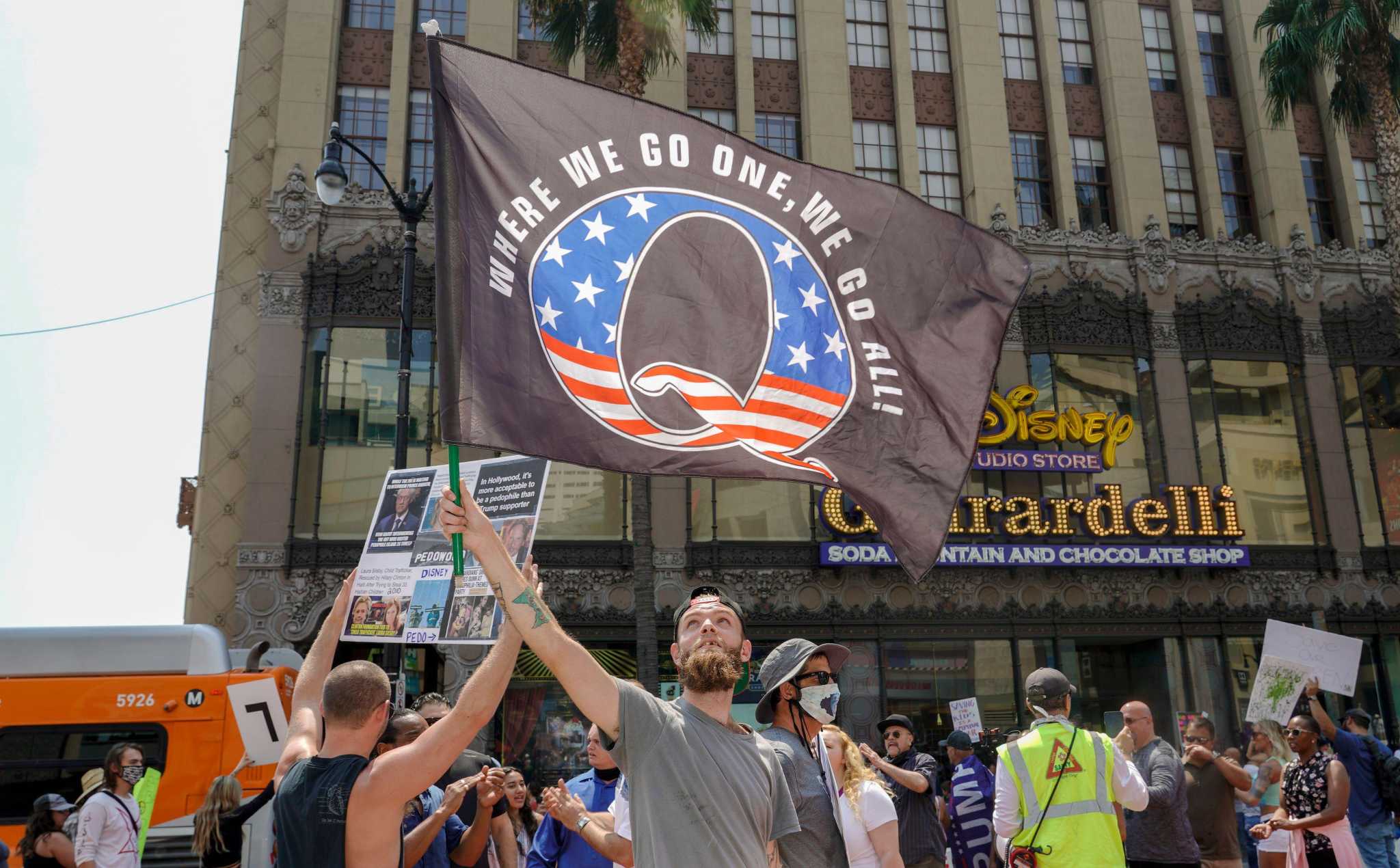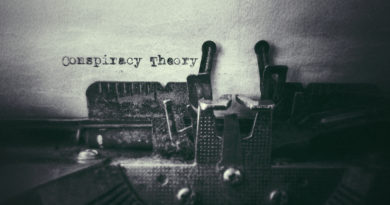Opinion: Conspiracy theories are as American as cherry pie

On Inauguration Day 2009, I was working as a policy and communications adviser for then-state Attorney General Richard Blumenthal. As Barack Obama’s swearing-in approached, the fax never stopped. No sooner had it finished printing than the machine rang again.
Who was frantically faxing us that day? People falsely claiming Obama was not a natural-born citizen and was therefore ineligible to become president. They were demanding Blumenthal and other state attorneys general intervene to prevent the new president from taking office. The letters all had identical wording, with only the names and addresses different. It was clearly a template into which someone could drop a name and an address — virtually all the letters came from out of state — and hit send.
I remember being somewhat unnerved and annoyed but assuring myself that these were garden variety loonies no one would ever take seriously. Boy, was I wrong. I didn’t know it— none of us did — but the firehose of conspiracy theory and mendacity spewing from the fax that day was the future.
In retrospect, we were naive. In the wake of an insurrection inspired by nutter conspiracy theories about election fraud and pedophilia, politicians keep saying, “This is not who are.” I beg to differ. A close reading of American history shows this is not only who we are, but who we have always been.
To repurpose Black Panther H. Rap Brown’s famous quote about violence, conspiracy theories are as American as cherry pie. They have been with us since the founding. Thomas Jefferson was said to be part of a secret cabal plotting to overthrow democracy. Martin Van Buren was dogged by ludicrous rumors that he was the illegitimate son of the disgraced Aaron Burr. A political party dedicated entirely to a conspiracy theory, the Anti-Masons, arose in the late 1820s.
The 20th century offered no respite. In the 1920 election, a highly organized campaign sought to spread the false claim that Warren G. Harding had Black ancestry, which, if true, would have made him unelectable during that deeply racist time. Sen. Joe McCarthy’s allegation of a federal government honeycombed with communists was an outright fabrication. The John Birch Society charged that Republican president and war hero Dwight Eisenhower was a communist agent and water fluoridation a communist plot.
Things did not improve in the ensuing decades. Growing up in Connecticut in the 1970s, I heard no shortage of conspiracy theories. One common during the gas crises of that decade held that oil companies were dumping gas in the desert to create an artificial shortage. A variant had tanker fleets pregnant with oil waiting offshore for prices to rise. Another common one was that paying federal taxes is voluntary, a fact the government supposedly hid from you. Then there as the nonsense about the Trilateral Commission and the Council on Foreign Relations and David Rockefeller secretly ruling the world.
But the Big Kahuna, the Mount St. Helens, the Ali-Frazier of conspiracy theories was the Kennedy assassination. People today have forgotten how Nov. 22, 1963, hung like a pall over the nation and its politics during the 1970s and the fevered conspiracy theories regarding his death. It was a veritable Me Decade cottage industry, producing a steady stream of books, TV shows and articles all claiming to expose the “real story.”
My favorite Kennedy sub-conspiracy theory — Umbrella Man — illustrates just how silly and through the looking glass things became. Just before JFK was shot, a man opened a black umbrella, spun it and closed it. “Investigators” posited the man was signaling the shooter or shooters, even that the umbrella shot a poison dart at Kennedy.
When Congress reinvestigated the murder in the late 1970s, umbrella man came forward and testified, bringing along the accessory in question. He explained he had done his little show to protest what he viewed as the Kennedy family’s appeasement of the Nazis — a black umbrella being the symbol of appeasement because British Prime Minister Neville Chamberlain carried one at the 1938 Munch Conference. He allowed the committee to inspect his umbrella to prove that it contained no mechanism to delver a poison dart.
Conspiracy theories have long influenced our politics in insidious and destructive ways but, with the exception of McCarthyism, have never threatened to consume it. Until now. Polls show close to 50 percent of Republicans believe some or all of the QAnon lunacy and a similarly large percentage of them believe the lie that the 2020 election was stolen.
So what’s different this time? Why have these insanities gained critical mass in a way other conspiracy theories did not? The obvious answers are social media and how it allowed them to spread, the willingness of high elected officials to tolerate and even endorse them, the rise of openly partisan media that does not follow the basic rules of journalism and the near-death of local news. We have to figure out how to address all that.
But first, we have to stop lying to ourselves. If we are going to save the republic — I don’t think that’s an exaggeration — we must say, yeah that is us, and deal with it.
Christopher Hoffman, a former journalist, lives in North Haven.
*** This article has been archived for your research. The original version from Greenwich Time can be found here ***


